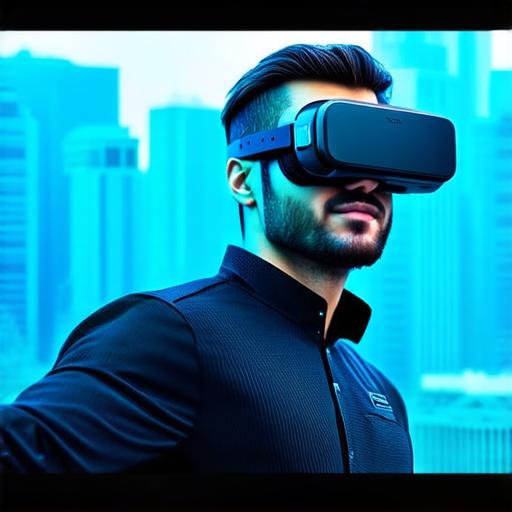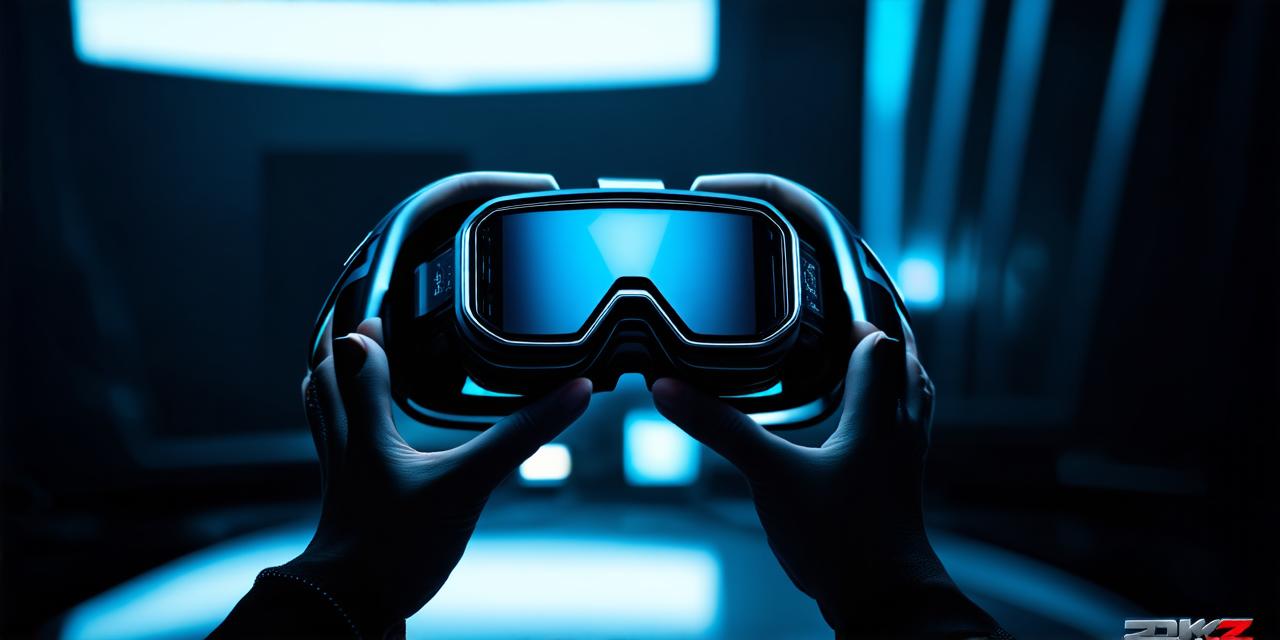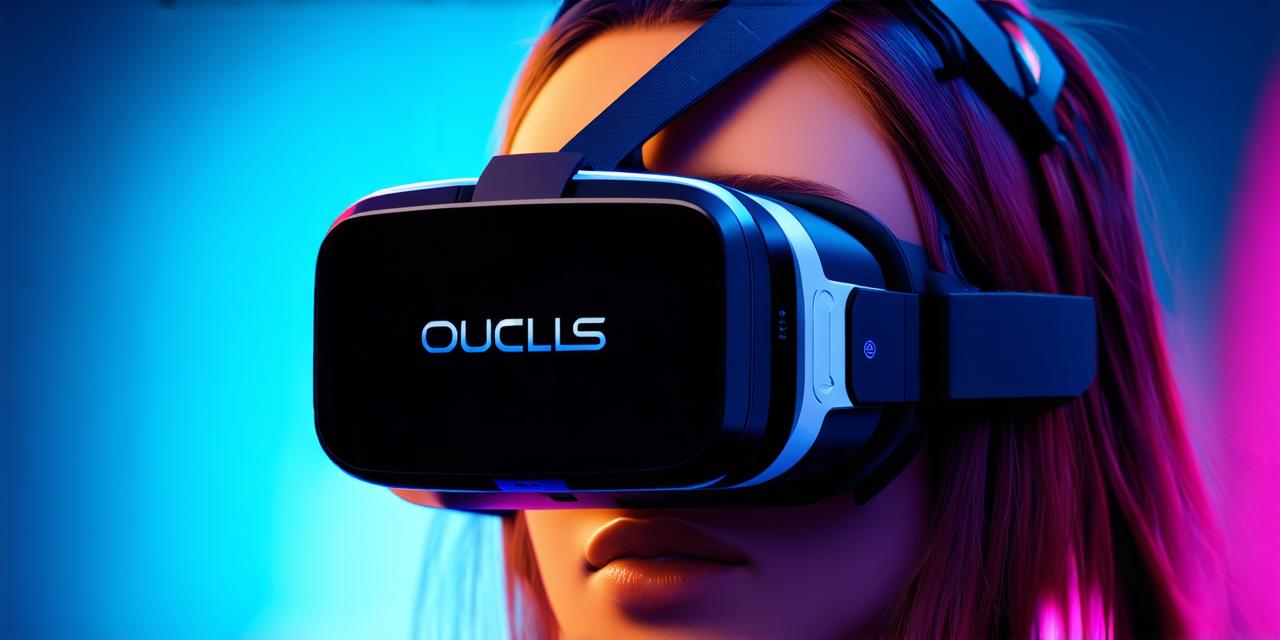What are Virtual Reality Goggles?
Virtual reality goggles, also known as VR headsets or HMDs, are wearable devices that project high-resolution images into the user’s field of view. These displays simulate a 3D environment and create an illusion of presence that immerses users in a digital world. The most common type of VR goggles is the closed-loop system, which consists of two screens connected by a headband. The screens are positioned in front of the user’s eyes, creating a stereoscopic effect that enhances depth perception. Other types of VR goggles include open-loop systems and wireless devices.
How do Virtual Reality Goggles Work?
The functionality of virtual reality goggles can be broken down into several key components:
-
Display Technology
-
Tracking System
-
Computer Hardware
-
Software
4. Computer Hardware
Virtual reality goggles require powerful computer hardware to generate and render high-quality 3D images in real-time. The VR headset communicates with the computer through a USB or wireless connection, transmitting data on the user’s position and orientation. The computer then processes this data and generates the appropriate images for display.
5. Software
Virtual reality goggles require specialized software to create immersive 3D environments and applications. This includes game engines such as Unity and Unreal Engine, as well as 3D modeling and animation tools such as Blender and Maya.

Case Study: Virtual Reality Goggles in Action
Let’s take a look at an example of how virtual reality goggles work in practice. Consider a VR training simulation for pilots, which aims to provide realistic flight experience in a controlled environment. The pilot wears a VR headset and is positioned in front of a large screen that displays a 3D representation of an aircraft cockpit. Sensors track the user’s head movement, adjusting the image accordingly to create a sense of presence.
Advantages of Virtual Reality Goggles
-
Realistic Experiences: VR goggles provide a highly immersive experience that allows users to feel like they are in the real world. This can be especially useful for training scenarios that are difficult or dangerous to replicate in real life.
-
Cost-Effective: VR simulations can be more cost-effective than traditional methods of training, as they do not require physical equipment or facilities.
-
Flexibility: VR goggles offer flexibility in terms of where and when they can be used, making them ideal for remote training scenarios.
-
Customization: VR simulations can be customized to suit specific needs and requirements, allowing for tailored training experiences.
Disadvantages of Virtual Reality Goggles
-
Expensive: VR goggles can be expensive, both in terms of the hardware and software required to create immersive experiences.
-
Limited Interaction: While virtual reality goggles provide a highly immersive experience, they can limit interaction with real-world objects and environments.
-
Motion Sickness: Some users may experience motion sickness when using VR goggles, especially if they are not accustomed to the technology.
-
Learning Curve: Using virtual reality goggles can have a steep learning curve, as users need to become familiar with the technology and software being used.
Conclusion
Virtual reality goggles are a crucial component of immersive experiences across various industries. By understanding how these devices work, AR developers can create more realistic and engaging virtual environments for users. As technology continues to advance, we can expect virtual reality goggles to become even more powerful and versatile, opening up new possibilities for creative expression and innovation.




